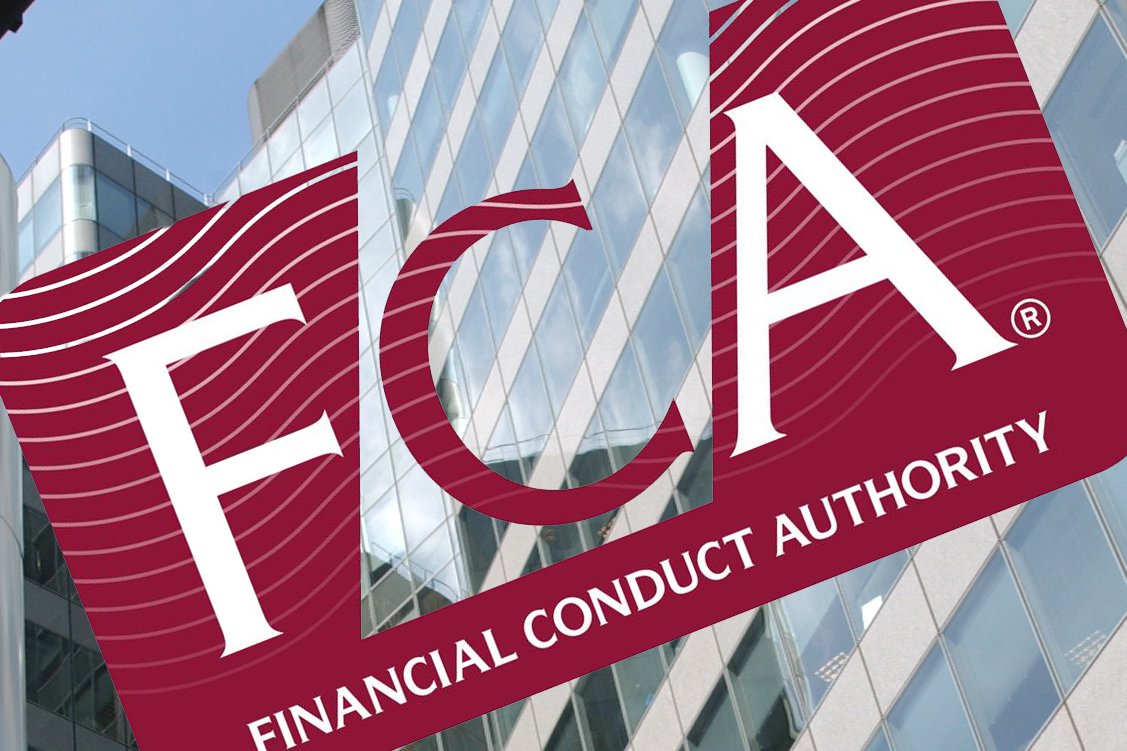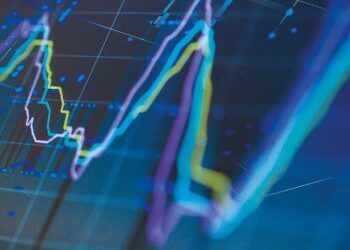By Brad Tank, CIO Fixed Income at Neuberger Berman
We see no sign of impending recession in calm credit markets, and in our view the flattening Treasury curve likely has more to do with the market’s failure to recognize growing structural inflationary forces.
In the fourth quarter of 2021, the U.S. economy expanded way beyond analysts’ expectations, pulling growth for the full year up to 5.7%, the strongest for almost 40 years.
Since the start of the fourth quarter, however, the spread between the 10-year and two-year U.S. Treasury yields has flattened by 60 basis points. Since last April it is flatter by some 90 basis points. That type of move has often been seen as a harbinger of an economic slowdown.
The rise in the two-year yield has a clear cause. Exceptionally high inflation has turned the U.S. Federal Reserve notably hawkish. It is likely to signal four rate hikes for 2022 in its “dot plot” next month. Fed funds futures have already priced for five, and for the slim possibility of a 50-basis-point lift-off in March.
The equity market dynamic is complex. Growth has bounced, but cyclical sectors such as energy, materials, financials and industrials have also played a big role in the recent market recovery. For fixed income, this looks like intra-market rotation. Some profitable mega-cap growth stocks had arguably begun to look oversold, but last week’s carnage at Meta shows that many big-name valuations have become stretched, and, in our view, more speculative growth remains expensive and vulnerable. There is plenty of scope for more volatility.
The picture in credit markets is much simpler. We see no sign of impending recession here. The spread of the ICE BoA Global High Yield Index has widened by just 50 basis points since the start of the year, and remains tighter than it was in November. If January’s equity market sell-off and yield curve flattening had been about economic slowdown, it’s unlikely we’d have seen that stability, or such robust inflows into recent high yield and corporate hybrid issuance.
Those high yield inflows can also tell us something about the long end of the U.S. Treasury curve. The same search for yield and high-quality income is helping to maintain the bid for Treasuries from non-U.S. investors. For example, Germany’s yields have been rising, but are only just turning positive again; from there, the 1.9% on offer from the U.S. 10-year looks attractive.
But that isn’t the whole story.
After 40 years of disinflation, and 10 years of inflation being anchored comfortably below 3%, investors are still not ready to recognise that we have hit an inflection point, or acknowledge the structural inflationary forces we see at work.
Market pricing suggests that U.S. year-over-year inflation will likely decline to around 3% by the end of the year and drift toward the central bank target of 2% thereafter. It’s more likely that the 1.8% average for U.S. consumer price inflation since 2008 will be exchanged for something more like 2.5% over the next decade. We anticipate that the U.S. 10-year real yield is likely to rise to around -0.10% by year-end, and the nominal yield to around 2.10%, which would take us some of the way to pricing for that outcome.
That’s why this year will be all about scrutinizing inflation data: what the mix looks like, and how fast it is declining overall.
Last week’s ADP employment data was weak largely due to Omicron restrictions, but U.S. nonfarm payrolls and wage inflation provided a major upside surprise, and ongoing elevation in job openings and quit rates further suggest the underlying trend toward tighter labour markets.
Meanwhile, commodity prices continue to climb, with oil touching $90 per barrel for the first time in more than seven years. Eurozone unemployment fell to 7% in December, while inflation was running at 5.1% in January, the lowest and highest levels, respectively, in the era of the single currency. Last week, the European Central Bank’s Governing Council expressed “unanimous” concern and, in a markedly hawkish press conference, Christine Lagarde declined to rule out a rate hike in 2022, sending the euro and both European and U.S. bond yields higher.
That suggests further volatility over the course of 2022 to us, particularly around sensitive economic data releases. That volatility is likely to be felt in equity markets and, increasingly, in government bond markets. Unless there is a global left-tail event, however, credit markets can continue to be spared—because these dynamics are not about the threat of recession, but about the path of inflation and real yields.





